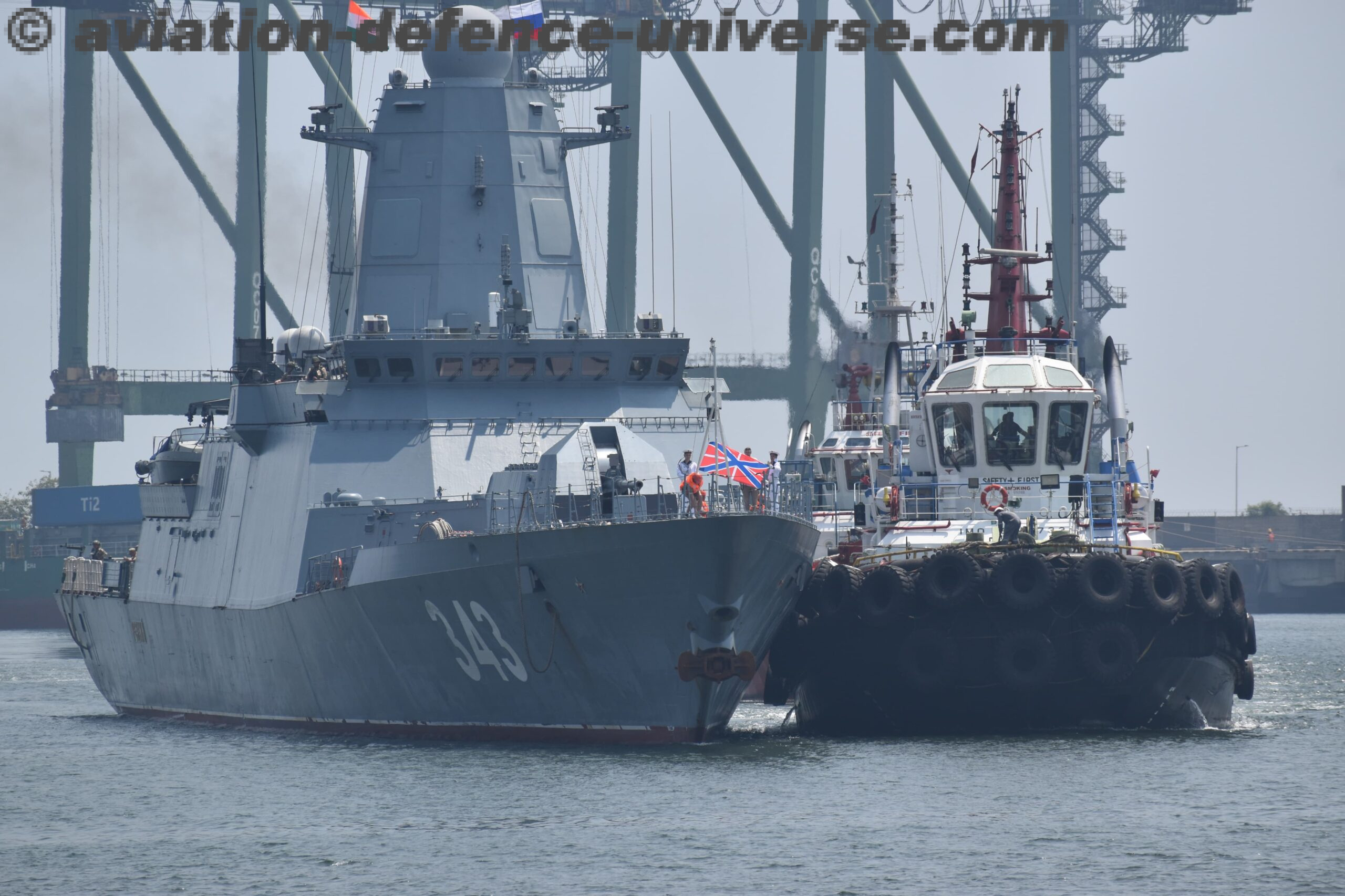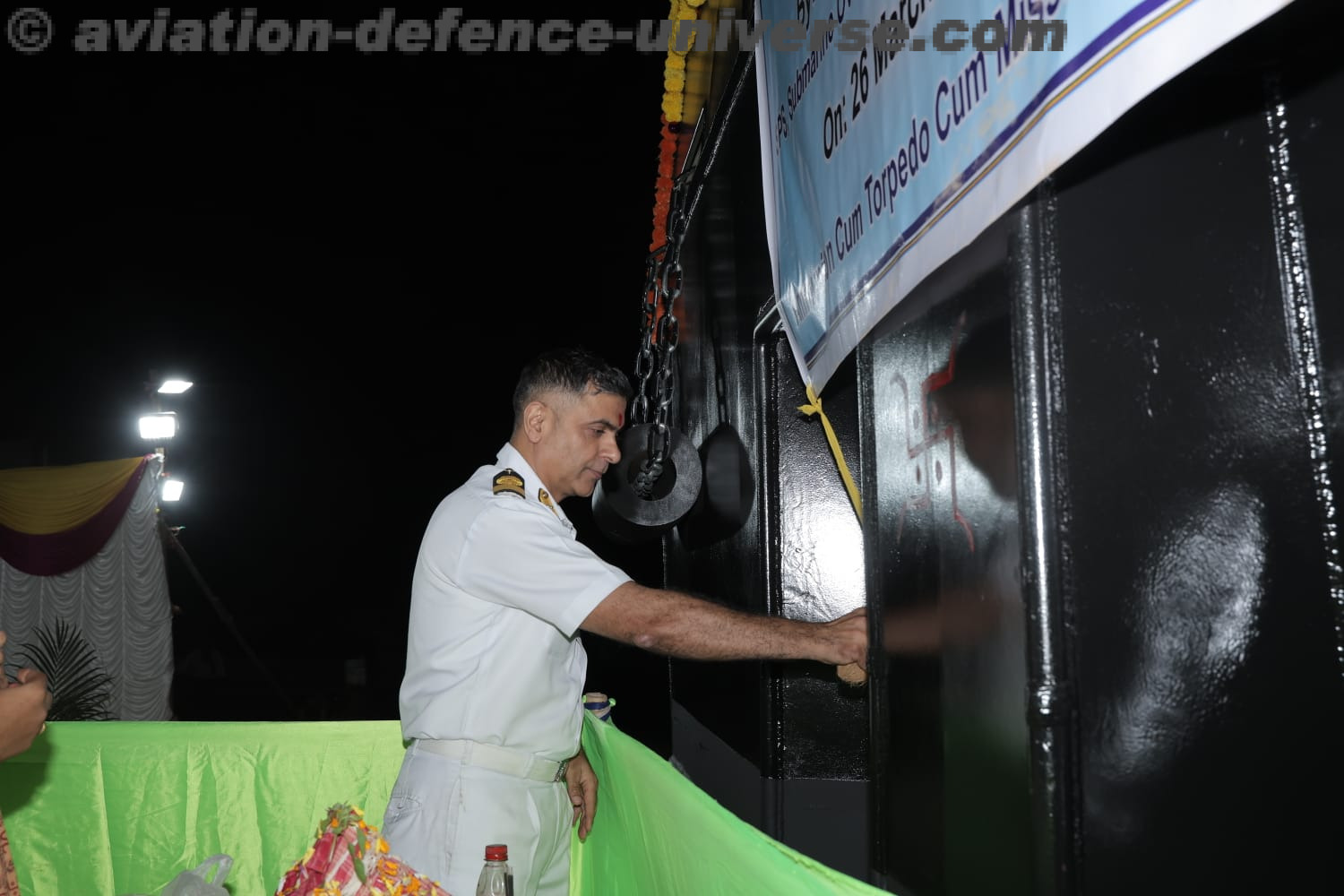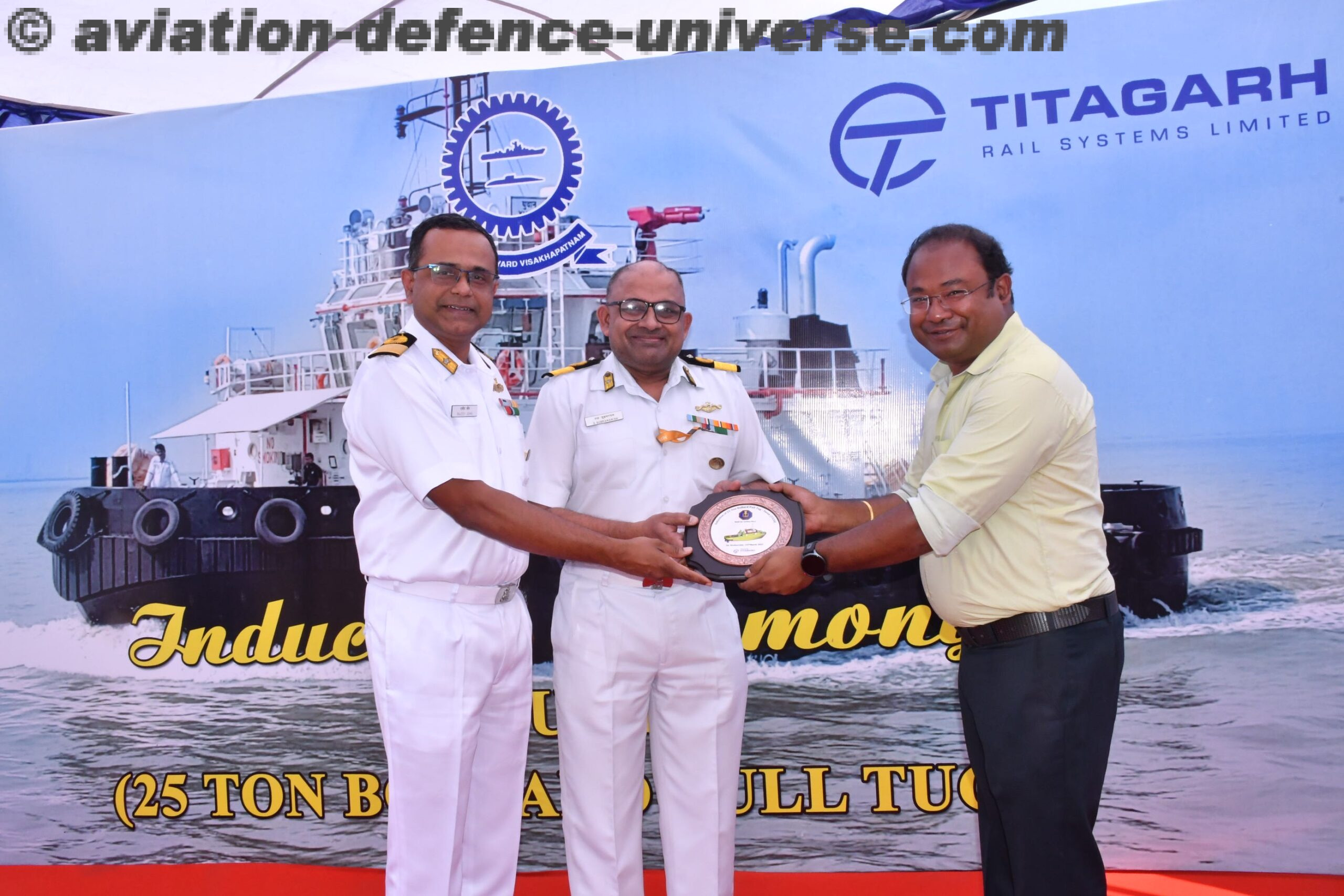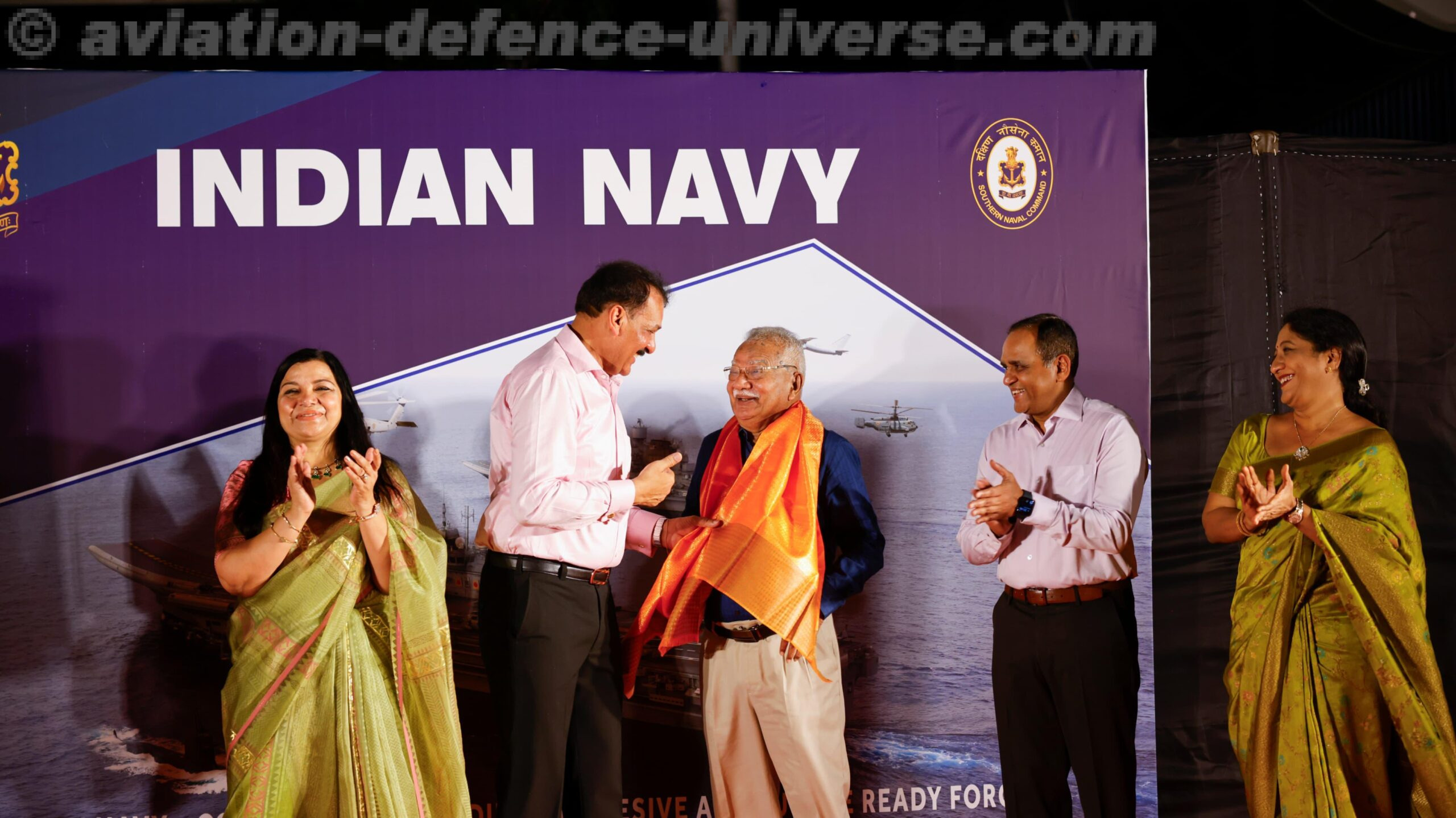New Delhi. 23 October 2020. It was 73 years ago when a just become free India had neither finished celebrating it’s freedom nor had finished drying the tears of partition from it’s eyes, when rebel forces from the western districts Kashmir and the Pakistani Pakhtoon tribesmen entered the Baramulla sector and independent India’s first war in Jammu & Kashmir lasted until the end of 1948.
A two-day National Symposium on 22 & 23 Oct 2020 in Srinagar and an Exhibition commencing on 22 Oct 2020 has been organised to deliberate upon the records and history of this deceitful attack and subsequent victory of India.
National Museum Institute of History of Art, Conservation and Museology at SKICC in Srinagar. in collaboration with the Union Territory Government of Jammu and Kashmir conducted this national symposium was attended by Prof. Raghuvendra Tanwar, Lt. General Syed Ata Hasnain(Retd), DrMukulitaVijaywagiya, Maroof Raza, Ajay Jugran, Lt. General Gurmeet Singh(Retd), Prof. Kapil Kumar, Prof. Amitabh Mattoo, Iqbal Chand Malhotra, Shri Ashutosh, Major General S. V. Thapliyal(Retd), AVM Arjun Subramaniam(Retd), Dr Ramesh Tamiri, Lt. General DeveshAgnihotri(Retd), Dr. DeepankarSengupta, SushantSareen, Lt. General PJS Pannu.
Presentations being made at the Symposium represented a variety of pertinent topics, some of which are – ‘The Invasion of Jammu and Kashmir-October 1947: First Reports and People’s Response”, “Local Kashmiri Resistance to tribal Invasion of Kashmir in 1947”, “Battles for the Destiny of J&K”, “Contest of Narratives and Attempts in Cognitive Domains: An Analysis”, “Martyr MaqboolSherwani: Memory, Myth, Imagination”, “Motives, War & Brutalities: Pakistani Army-Kabailees Aggression in Kashmir”, “The British Role in Invasion and consequent de facto partition of Maharaja Hari Singh’s erstwhile state of Jammu & Kashmir in 1947 and the impact of those actions till 2020”.
The Exhibition on the ‘Memories of 22 Oct 1947’ comprise of graphic panels and videos showcasing a chronology of events as well as prominent narratives of the invasion on 22 Oct 1947 and subsequent unfolding of actions. The exhibition panels depict – The Treaty of Lahore, The Treaty of Amritsar, The Popular Will of 1947, Economic Blockade of Kashmir, 1947- Towards Accession, The Invaders Backed by Pakistan, Pakistani Militia Leaders, Plunder in Muzaffarabad, Baramulla, The Church Attack, MaqboolSherwani, the Hero of Baramulla, Instrument of Accession, Key Dates, The Gilgit Game, People’s Militia.
The book “Raiders in Kashmir” authored by retired Major General Akbar Khan of Pakistan Army contradicts the myth that tribals raided Kashmir in 1947-48. General Khan not only confessed that Pakistan directly assisted the raiders in Kashmir but also gave the graphic details of the involvement of Pakistan Army. He also narrated that Quaid-i-Azam Muhammad Ali Jinnah who was Pakistan’s first Governor General was fully aware of Pakistan’s assistance while Prime Minister Liaqat Ali Khan was not only cognizant but was helping in procurement of weapons, finance etc.
The Pakistan Army made available arms, ammunition and supplies to the rebel forces who were dubbed the “Azad Army”. Pakistani Army officers “conveniently” on leave and the former officers of the Indian National Army were recruited to command the forces.
Maharaja Hari Singh the ruler of Jammu and Kashmir signed the instrument of accession and acceded to India, which led into the Indian Army’s entry into action on 27 October, 1947, taking control of Srinagar by 8 November, Baramulla on 9 November and Uri by 13 November. However, with Pakistani forces formally entering the battlefield in support of the tribesmen, the war would continue for over a year, until a ceasefire was declared on the night of December 31, 1948, and the terms of the ceasefire were accepted on January 5, 1949.

















































































































